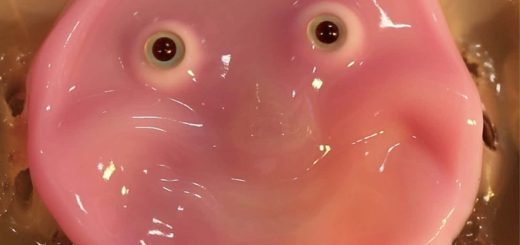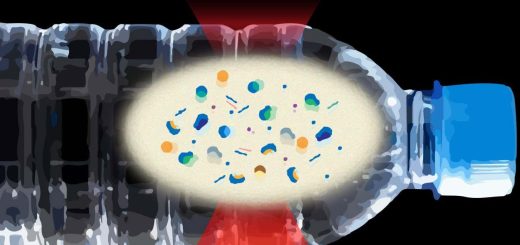How life thrives in one of the most hostile environments on Earth
Creatures that lurk more than 9000 metres deep in the Pacific Ocean get their nutrients from a surprising source
By James Woodford
30 July 2025
The deep-sea environment is partly dominated by marine tube worms
Institute of Deep-sea Science and Engineering, CAS
Ecosystems fed by chemicals from tectonic plate collisions have been found more than 9500 metres beneath the surface of the north-west Pacific Ocean.
“Their resilience and beauty left me in awe,” says Mengran Du at the Chinese Academy of Sciences in Sanya. “Blood-red tentacles unfurling like delicate flowers in the trench, a stunning defiance of the harsh, crushing darkness.”
Read more
A whole new world of tiny beings challenges fundamental ideas of life
Advertisement
Du and her colleagues completed 24 dives in a crewed submersible between 8 July and 17 August 2024, exploring 2500 kilometres of the Kuril-Kamchatka Trench and western parts of the Aleutian Trench, at depths ranging from 5800 to 9533 metres. The hadal zone, a near-freezing area more than 6000 metres deep, is devoid of light and has crushing pressure.
The life there is called the hadal biosphere. It survives by either harvesting energy from nutrients that descend from the surface, which were created via photosynthesis, or by chemosynthesis, where chemicals are the energy source.
Taxonomic and genetic data gathered during the dives revealed that a lot of life in the hadal zone uses compounds such as hydrogen sulphide and methane that are released as fluids and gases, seeping from the fault lines created when tectonic plates slide beneath each other.


